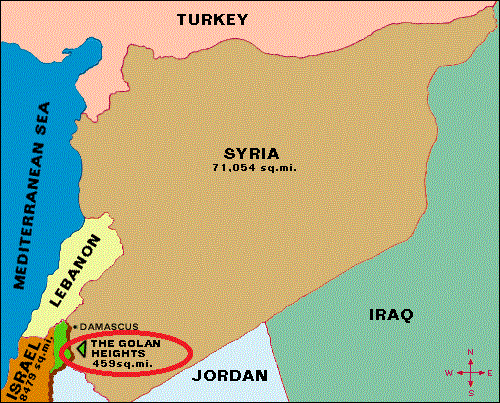Free Courses Sale ends Soon, Get It Now


Free Courses Sale ends Soon, Get It Now



Disclaimer: Copyright infringement not intended.
Context
India has voted in favour of a draft resolution in the UN General Assembly that expressed deep concern over Israel not withdrawing from the Golan Heights.
About
Why is the Golan Heights a source of contention?
Why do the countries claim the Golan Heights?
What is the current UN arrangement there?
Strategic Importance
More About the News
|
PRACTICE QUESTION Discuss the historical background, key issues, and international dimensions of the Israel-Palestine conflict. How has the conflict evolved, and what are the major challenges in achieving a sustainable resolution? |
© 2024 iasgyan. All right reserved